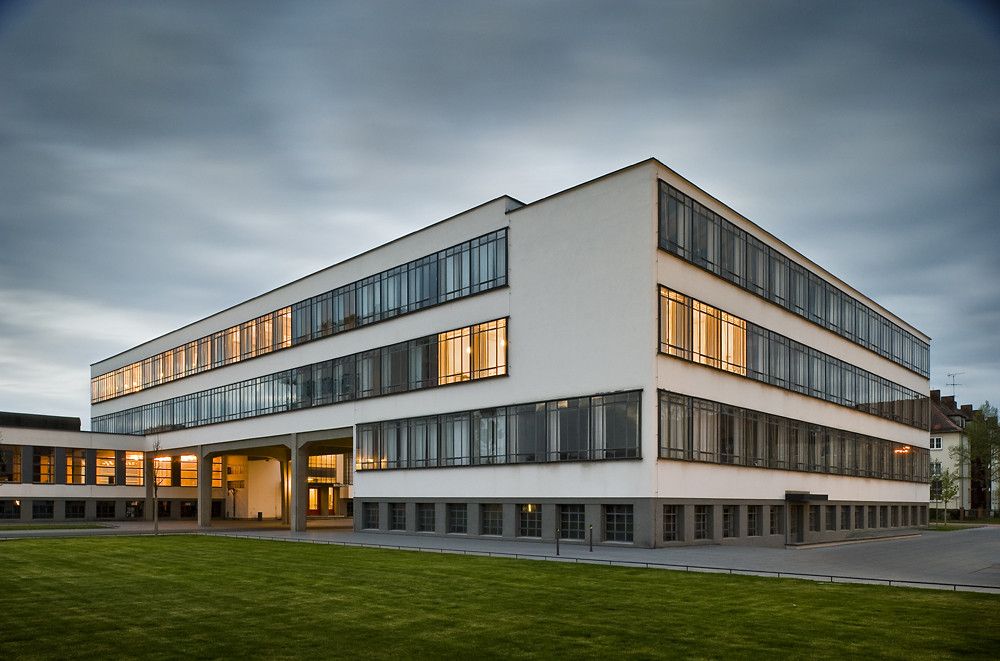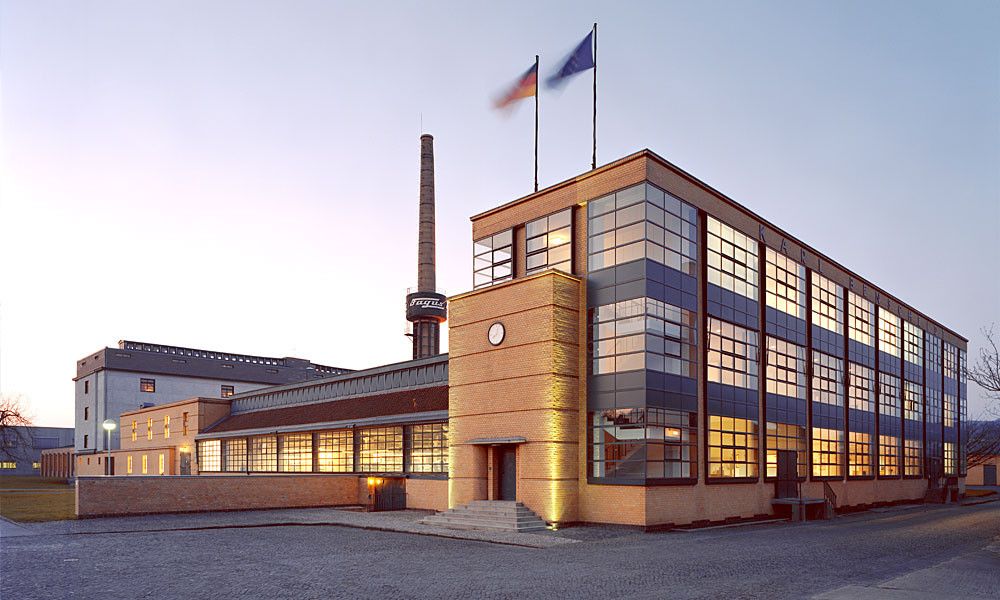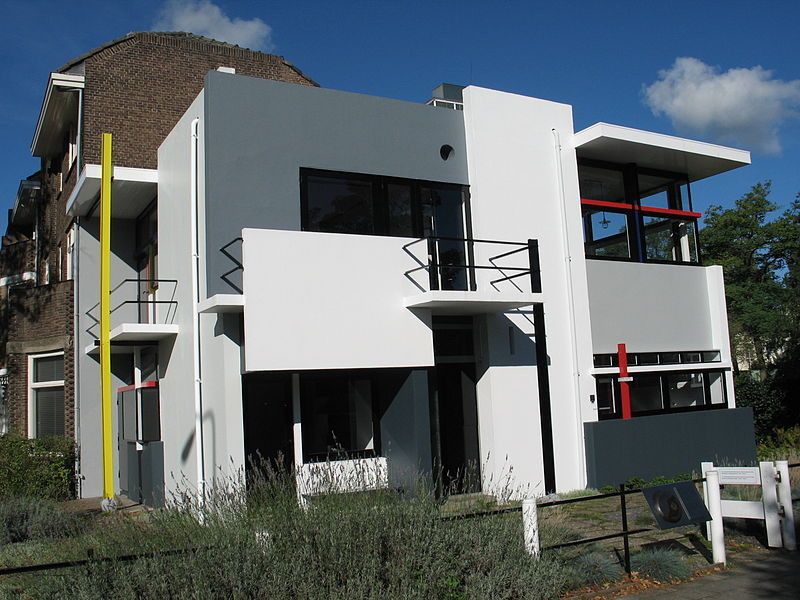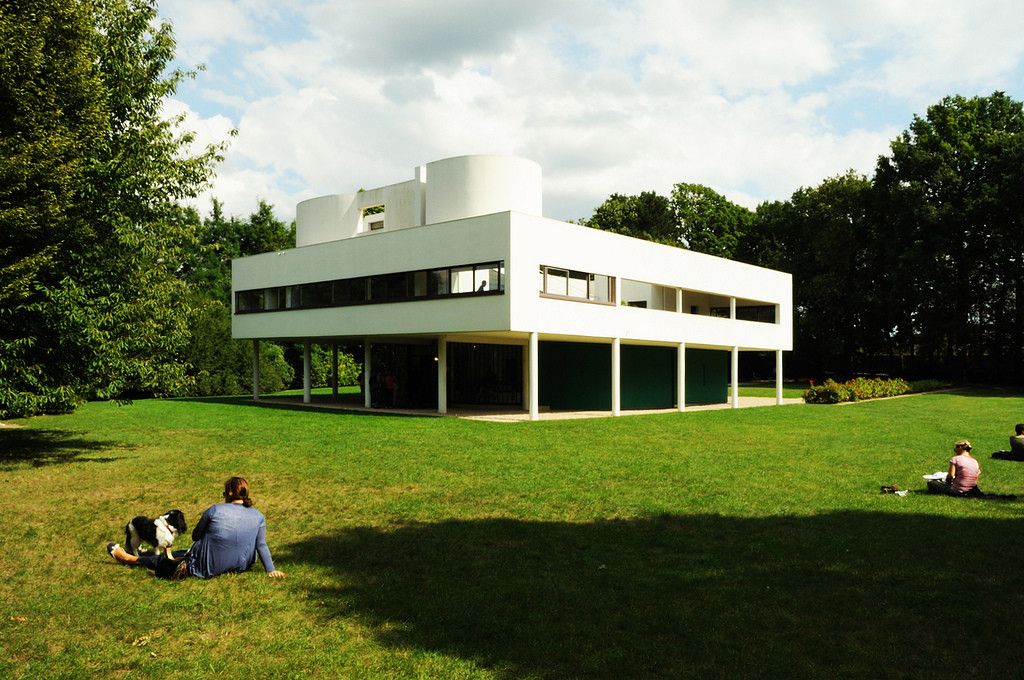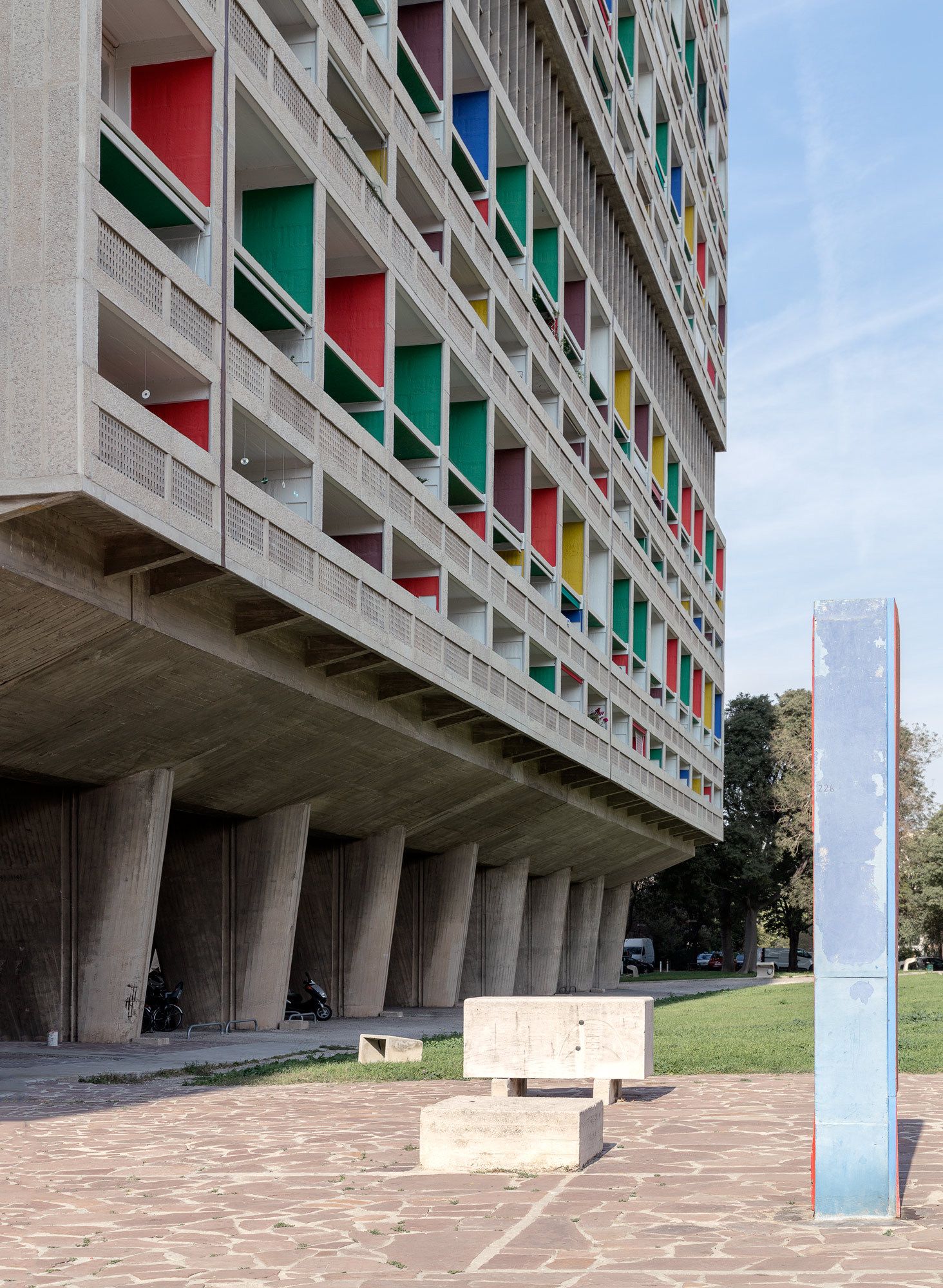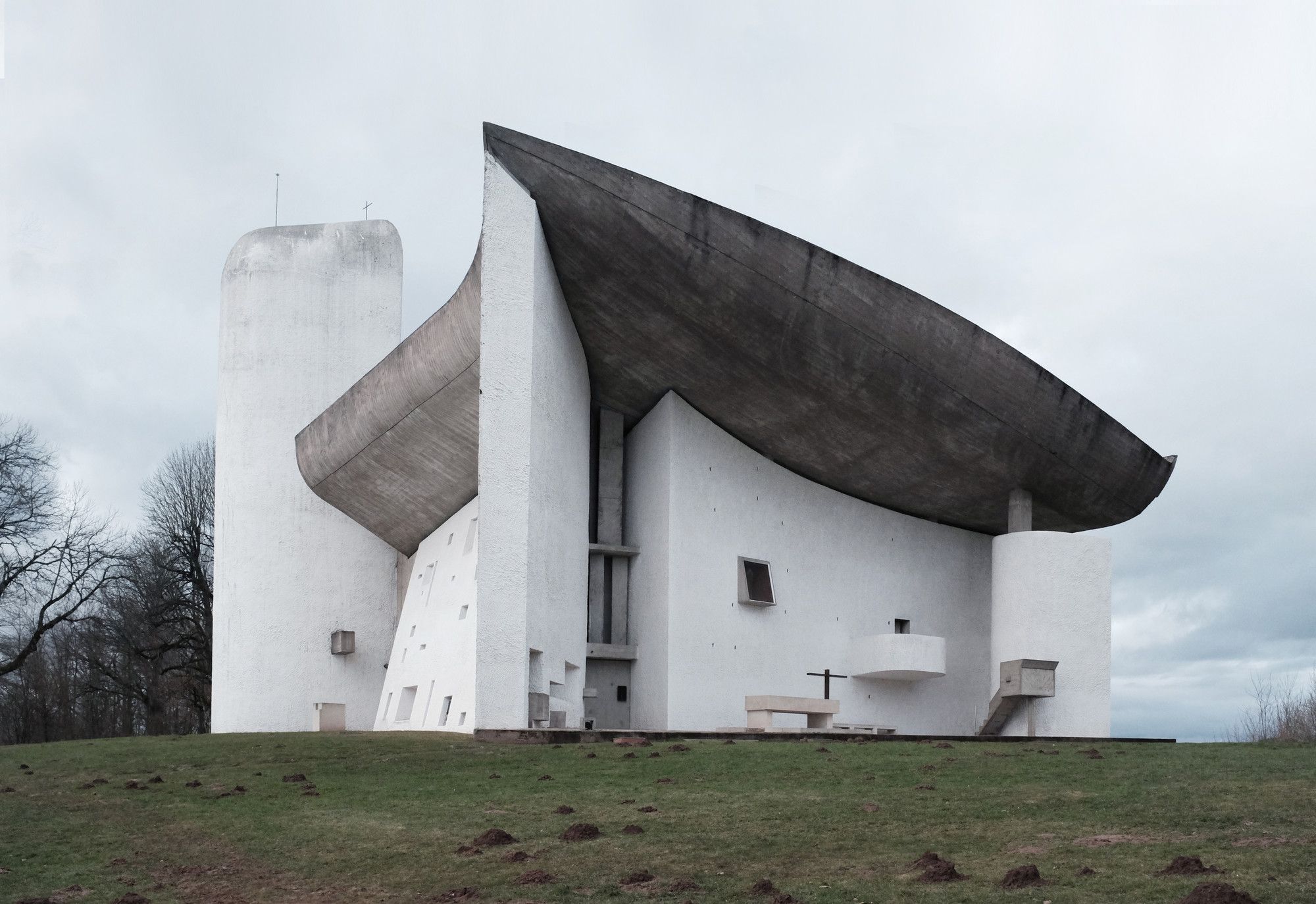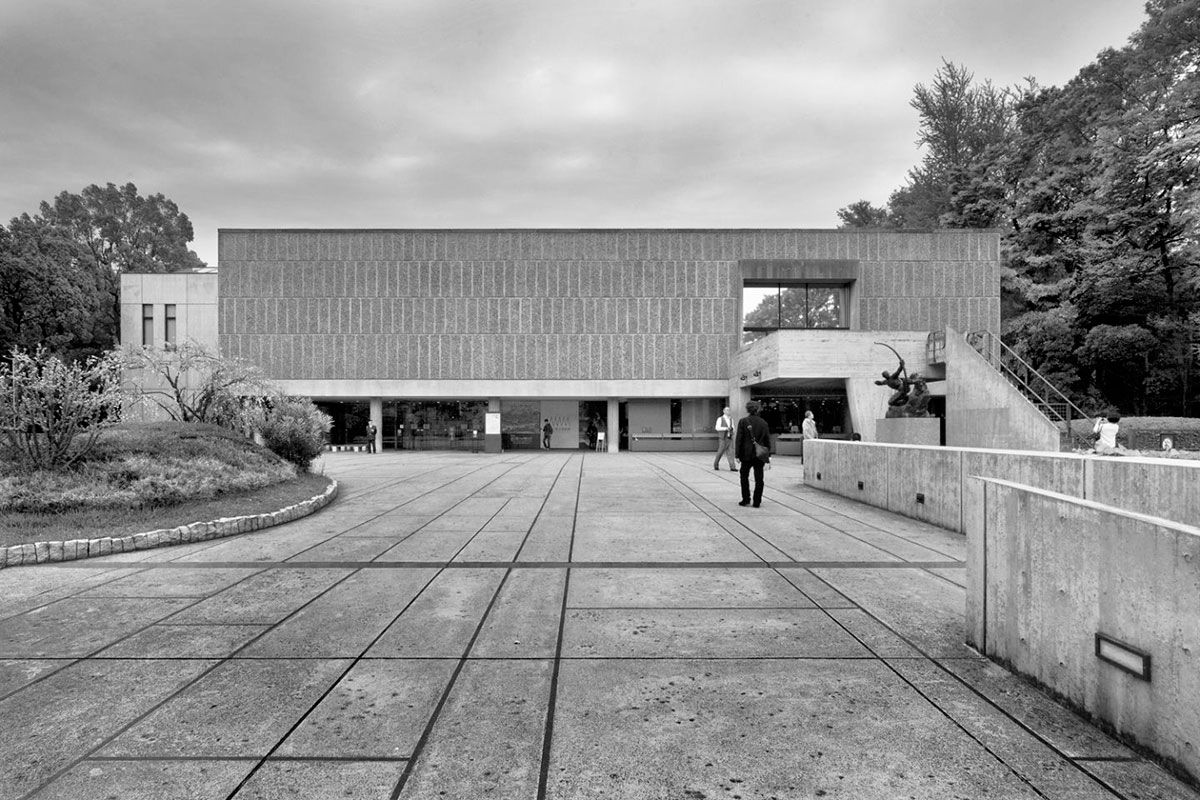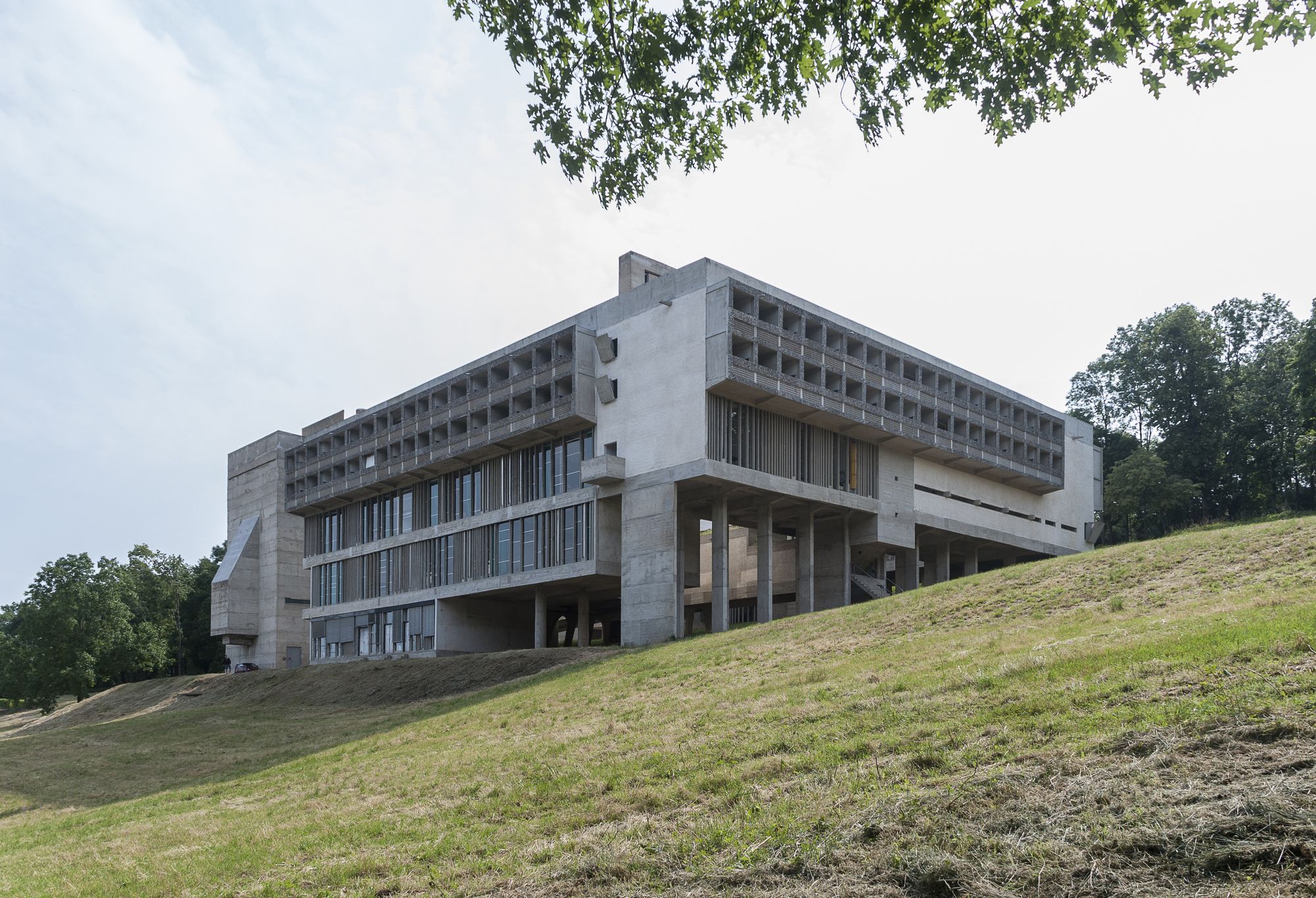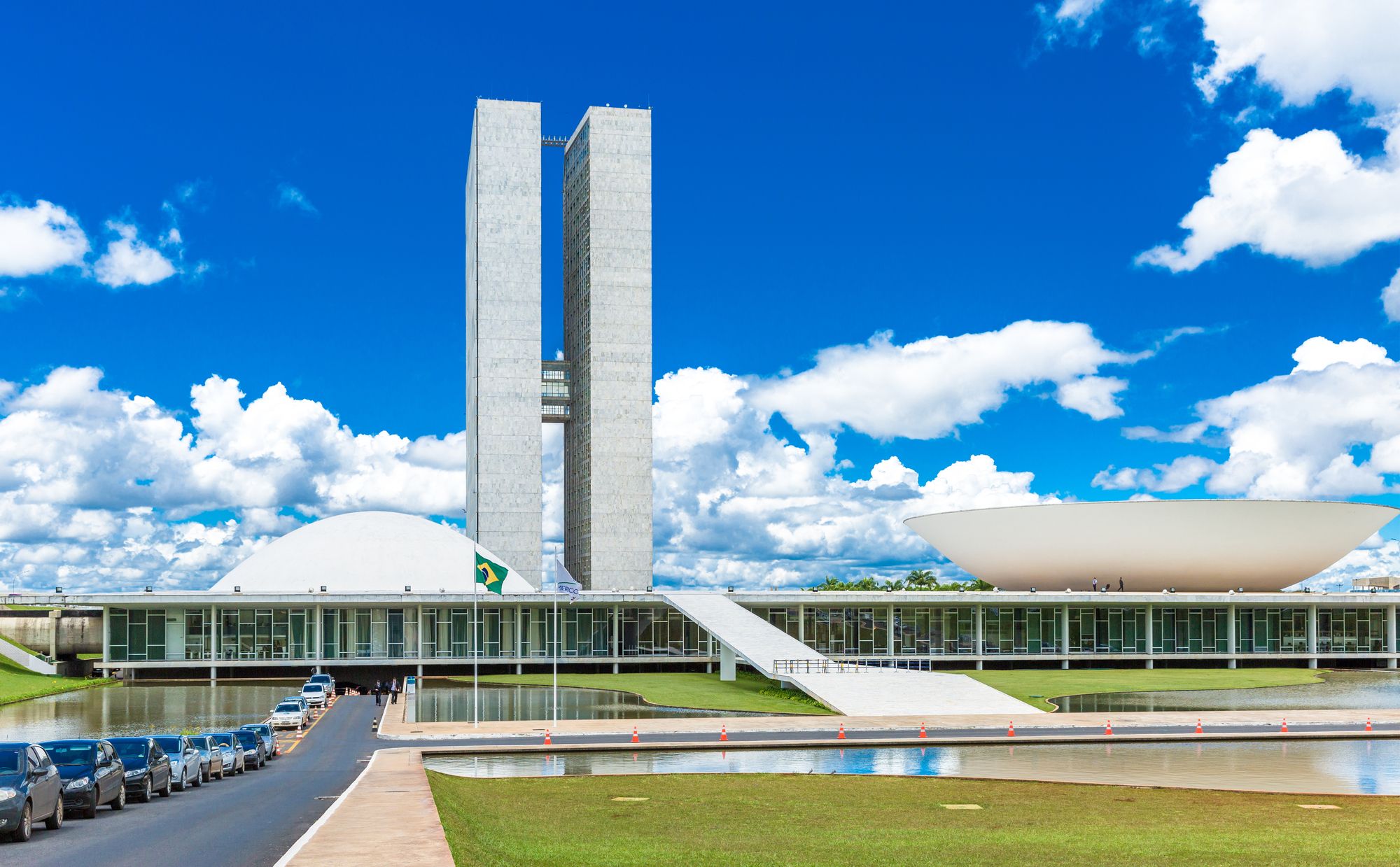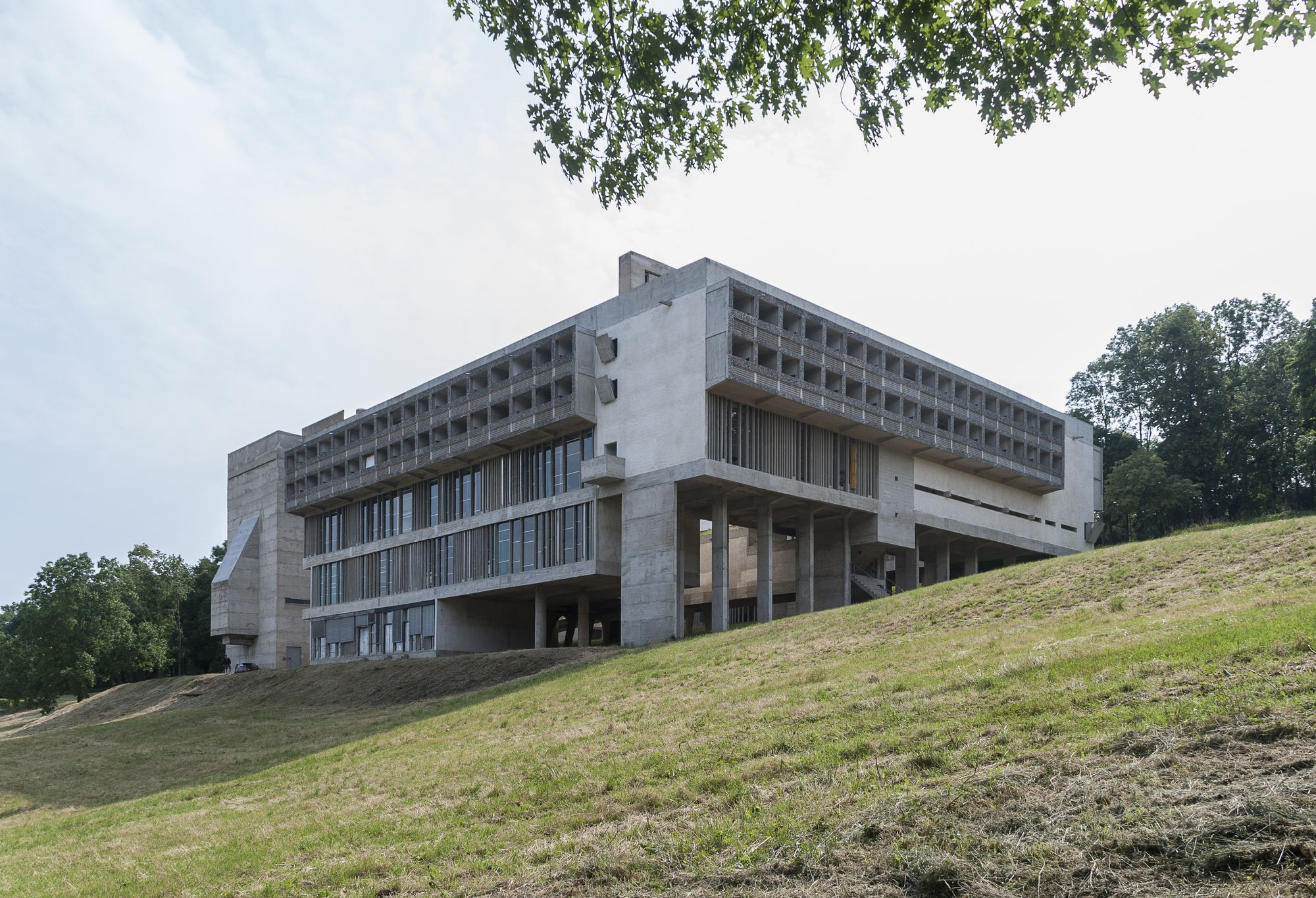UNESCO World Heritage Sites are natural or built landmarks, from all over the world, which have been deemed valuable to humanity by the Paris-based United Nations agency. The UNESCO selects these sites based on a list of 10 selection criteria. If the building satisfies just one of them then it can be included in the World Heritage List. The 10 selection criteria are divided into cultural and natural criteria. The cultural criteria, for example, include points like: “to represent a masterpiece of human creative genius;” and “to be an outstanding example of a type of building, architectural or technological ensemble or landscape which illustrates (a) significant stage(s) in human history.” On the other hand, the natural criteria include points like: “to contain superlative natural phenomena or areas of exceptional natural beauty and aesthetic importance.”
“Heritage is our legacy from the past, what we live with today, and what we pass on to future generations. Our cultural and natural heritage are both irreplaceable sources of life and inspiration.” _ World Heritage Center – UNESCO
The UNESCO World Heritage Sites are of “Universal” value, and thereby they are protected and preserved by UNESCO as well as their own countries. The UNESCO ensures this protection through treaties and management plans. Among the most famous UNESCO World Heritage Sites in the world is the Acropolis in Greece, Giza Pyramids in Egypt, the Colosseum in Italy, Stonehenge in England, and the Taj Mahal in India. You can watch Similar Ancient Sites Magically Get Restored. However, what we will be listing in this article are not these ancient sites, but rather the modern ones. We will be listing a number of architectural works by famous architects from the 20th century; architects who shaped modernism as a style.
Before we do so, let’s start by stating the fact that the Swiss-French architect Le Corbusier has the lion’s share among all modernist architects on the list. “The Architectural Work of Le Corbusier, an Outstanding Contribution to the Modern Movement” is the name given by the UNESCO World Heritage center to 17 of Le Corbusier’s works which were included in the world heritage list in 2016. Now, we will be checking out a selection of these works, in addition to buildings by other famous architects who were similarly acknowledged.
List of 10 UNESCO World Heritage Sites
1. Dessau Bauhaus – Walter Gropius
The German art school, known as the ‘Bauhaus’, was founded by Walter Gropius. It was first in Weimar then it was forced to move to Dessau. Gropius designed the school to carry the earliest hints of international style. It was completed in 1926, and it has become ever since a landmark and a premier destination for architecture students, in spite of all the hardships it faced under Nazi rule. It was selected as a World Heritage site in 1996.
2. Fagus Factory – Walter Gropius and Adolf Meyer
The shoe-last factory in Germany is one of the earliest and most important examples of the international style. Its construction started in 1911 and it was completely finished inside and out in 1925. It was co-designed by Walter Gropius, the founder of the Bauhaus, and it was selected as a World Heritage Site in 2011.
3. Rietveld Schröder House – Gerrit Rietveld
Schröder House is located in Utrecht, Netherlands, and it was designed by the Dutch architect Gerrit Rietveld. The house is considered a prominent architectural example of the Dutch movement which was founded in Amsterdam in 1917 and known as the “De Stijl.” The House was built in 1924, and it was selected as a World Heritage Site in 2000.
4. Villa Tugendhat – Mies Van Der Rohe
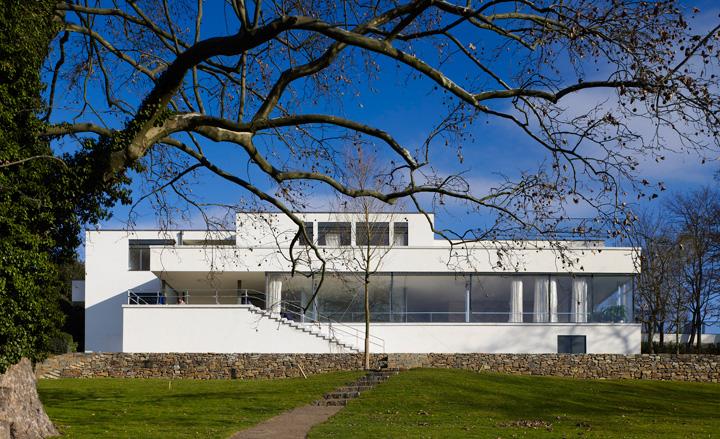
Photography: David Zidlický
This modern villa, in the wealthy neighborhood of Černá Pole in Brno, Czech, was built in 1928 and 1930. It was designed by the German-American pioneer Mies Van Der Rohe for Fritz and Greta Tugendhat, and it has later become an icon of Modernism in Europe. It was included in the World Heritage List in 2001.
5. Villa Savoye – Le Corbusier
The modernist villa in Poissy, France, is one of Le Corbusier’s most famous works. It was built in 1931 for the Savoye family. The villa showcases Le Corbusier’s five points of the new architecture: Pilotis, free design of ground-plan, free design of façade, horizontal windows, and roof gardens. It is, also, a distinguished example of the International Style, and a direct application of the architect’s famous quote, “House is a machine for living.”
6. Unité d’habitation – Le Corbusier
Unité d’habitation, or Housing Unit, is a residential project developed by Le Corbusier throughout Europe. The project was considered an introduction to the brutalist style, as well as an introduction to a new type of collective housing. The most famous Unit is the one in Marseille, France, which was built between 1947 and 1952.
7. Notre-Dame du Haut – Le Corbusier
The Roman Catholic chapel in Ronchamp, France, was built between 1953 and 1955. It is an icon of modern religious architecture and a fine example of Le Corbusier’s late Brutalism. Unfortunately, the chapel was vandalized in 2014, and some of its stained glass was broken.
8. National Museum of Western Art – Le Corbusier
Known as the NMWA, the museum is Japan’s most distinguished public art gallery, specializing in art from the West. It is located at Ueno Park in Central Tokyo. The critically acclaimed architecture of the museum is the handiwork of Le Corbusier. The multistorey reinforced concrete building was built in 1959, and it is one of Le Corbusier’s 17 works that were included in the World Heritage List in 2016.
9. Sainte Marie de La Tourette – Le Corbusier
The Dominican Order Monastery was built between 1956 and 1960 by the Swiss-French architect in Lyon, France. It is considered an example of Le Corbusier’s Late Modern architecture, and so it was included in the list of works by the architect, recognized as World Heritage.
10. Brasilia – Oscar Niemeyer and Lucio Costa
Here, we leave the ‘building’ scale and move to something bigger, the city of Brasilia. The new city was planned and developed by Lucio Costa and Oscar Niemeyer, to be the new capital of Brazil in 1960. The city was recognized as a world heritage site in 1987, because of the outstanding modern architecture of its civic buildings as well as its unique urban planning, influenced by Le Corbusier’s principles of city planning.
photography by© wikimedia commons
photography by© Steve de Vriendt
photography by © Gili Merin
photography by © Xia Zhi
photography by © Fernando Schapochnik
photography by© Filipe Frazao / Shutterstock.com
via Wikipedia Commons


